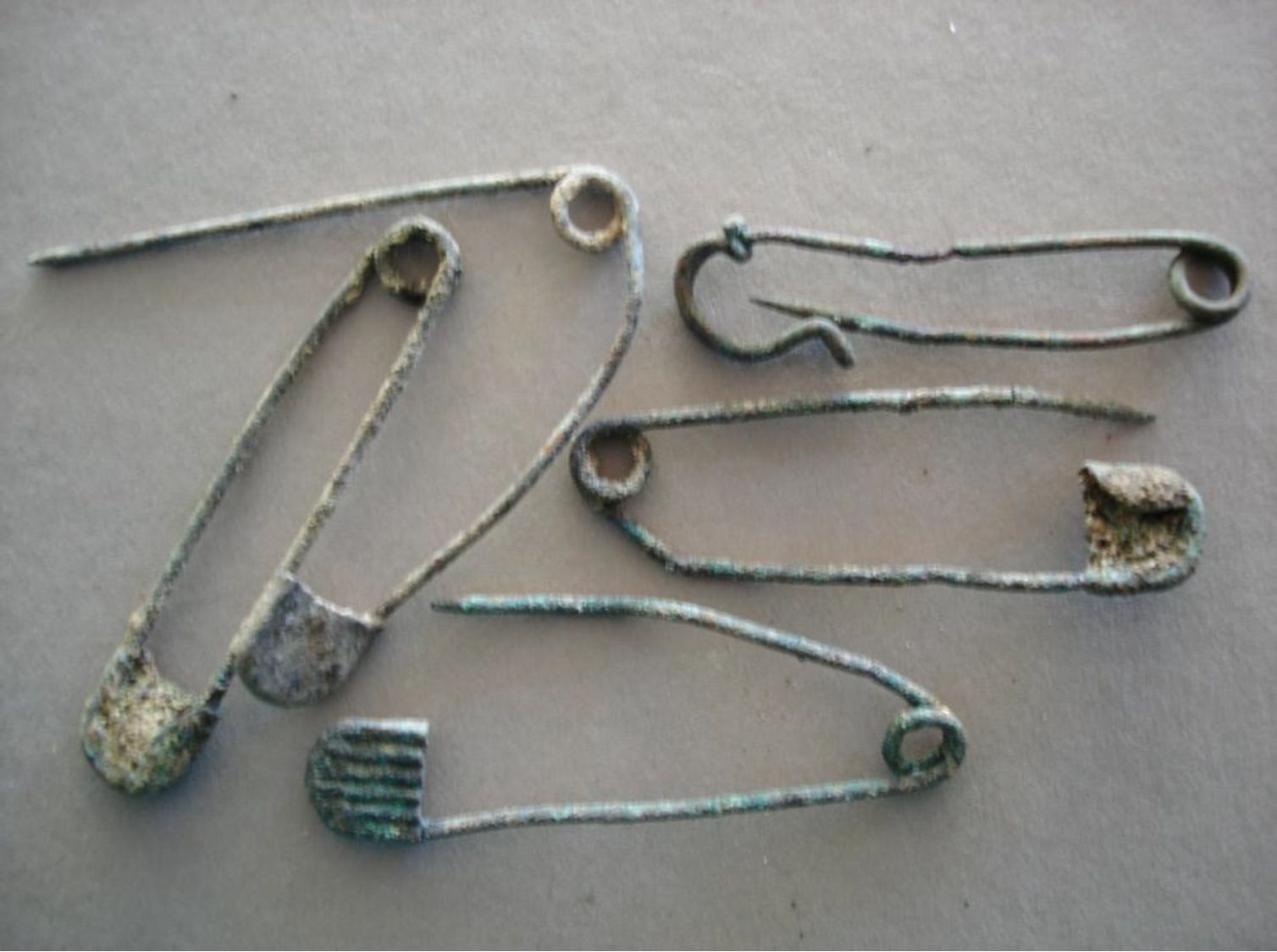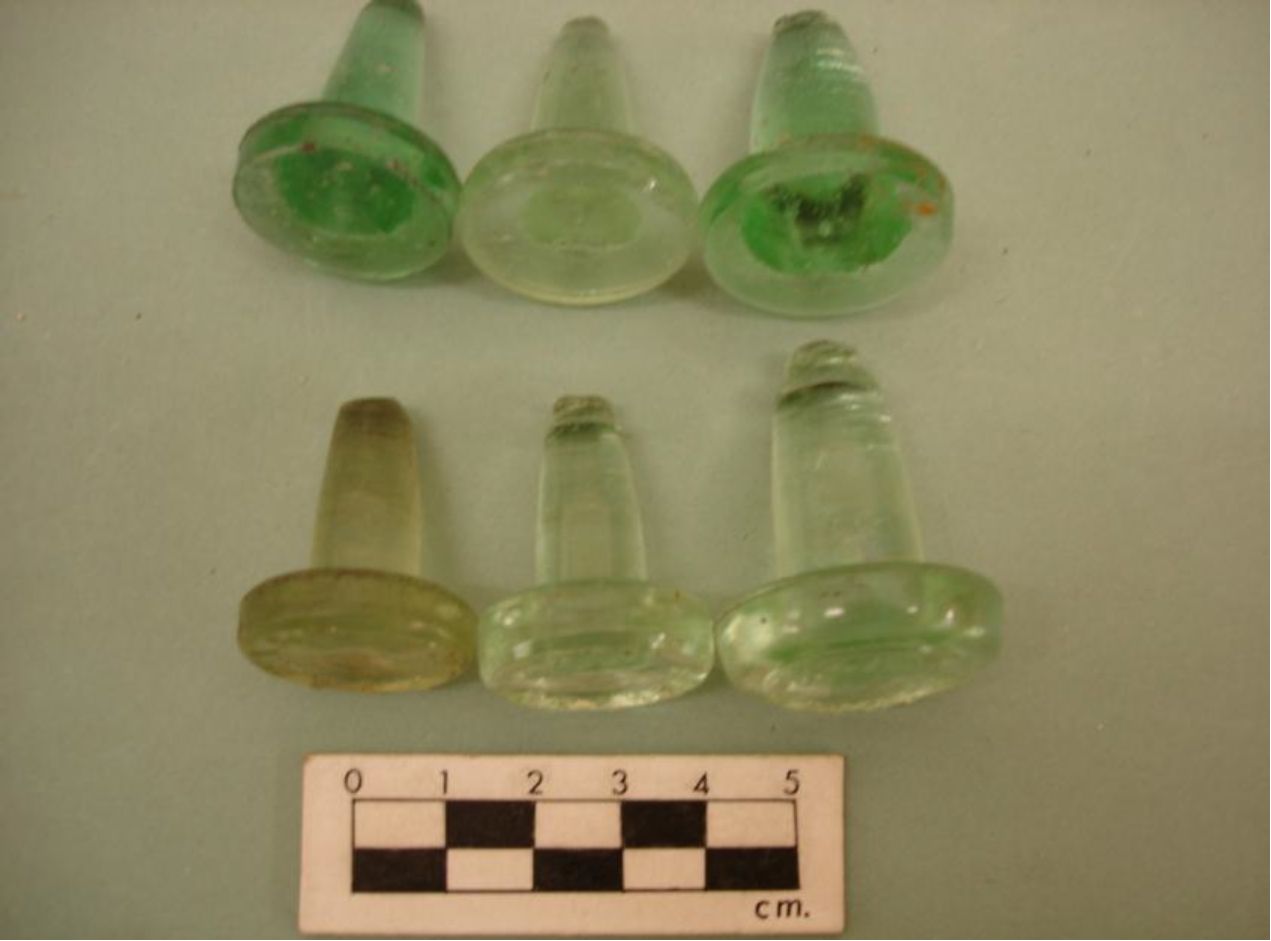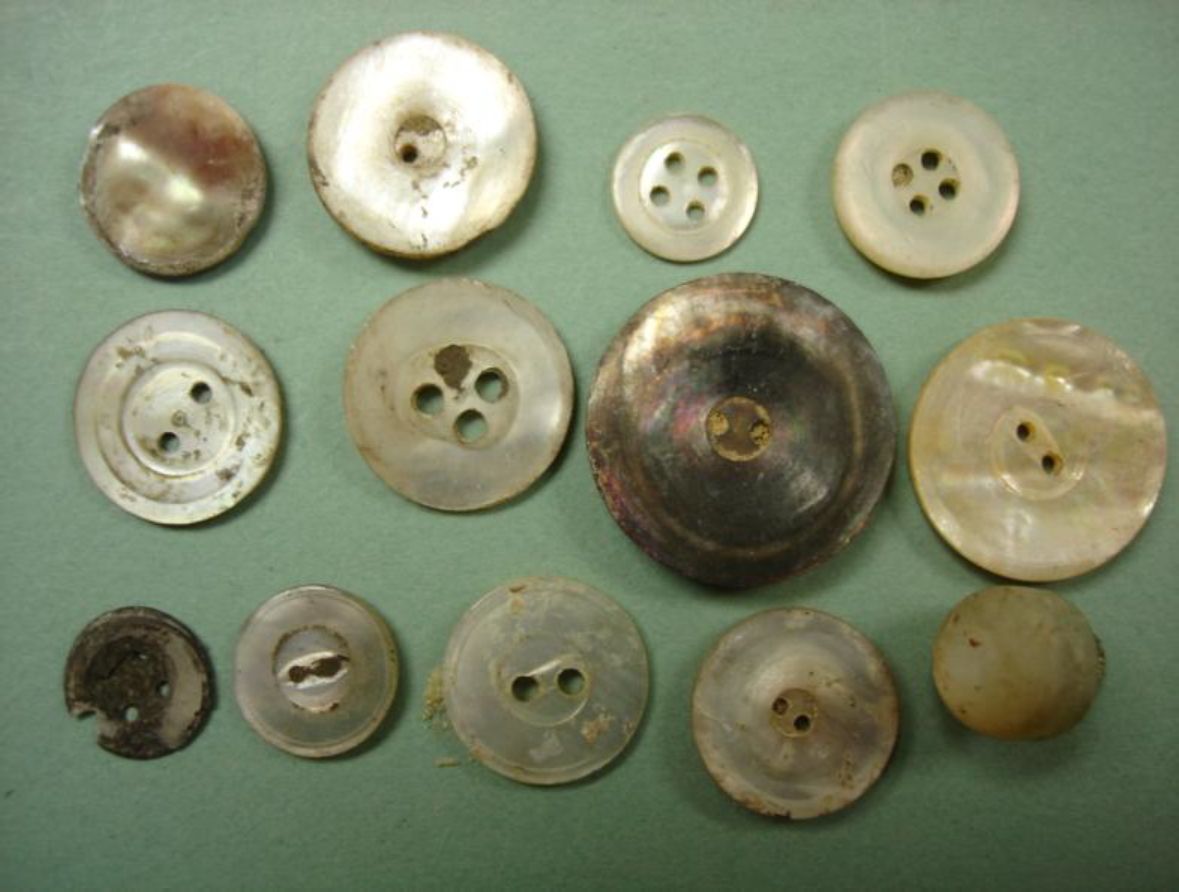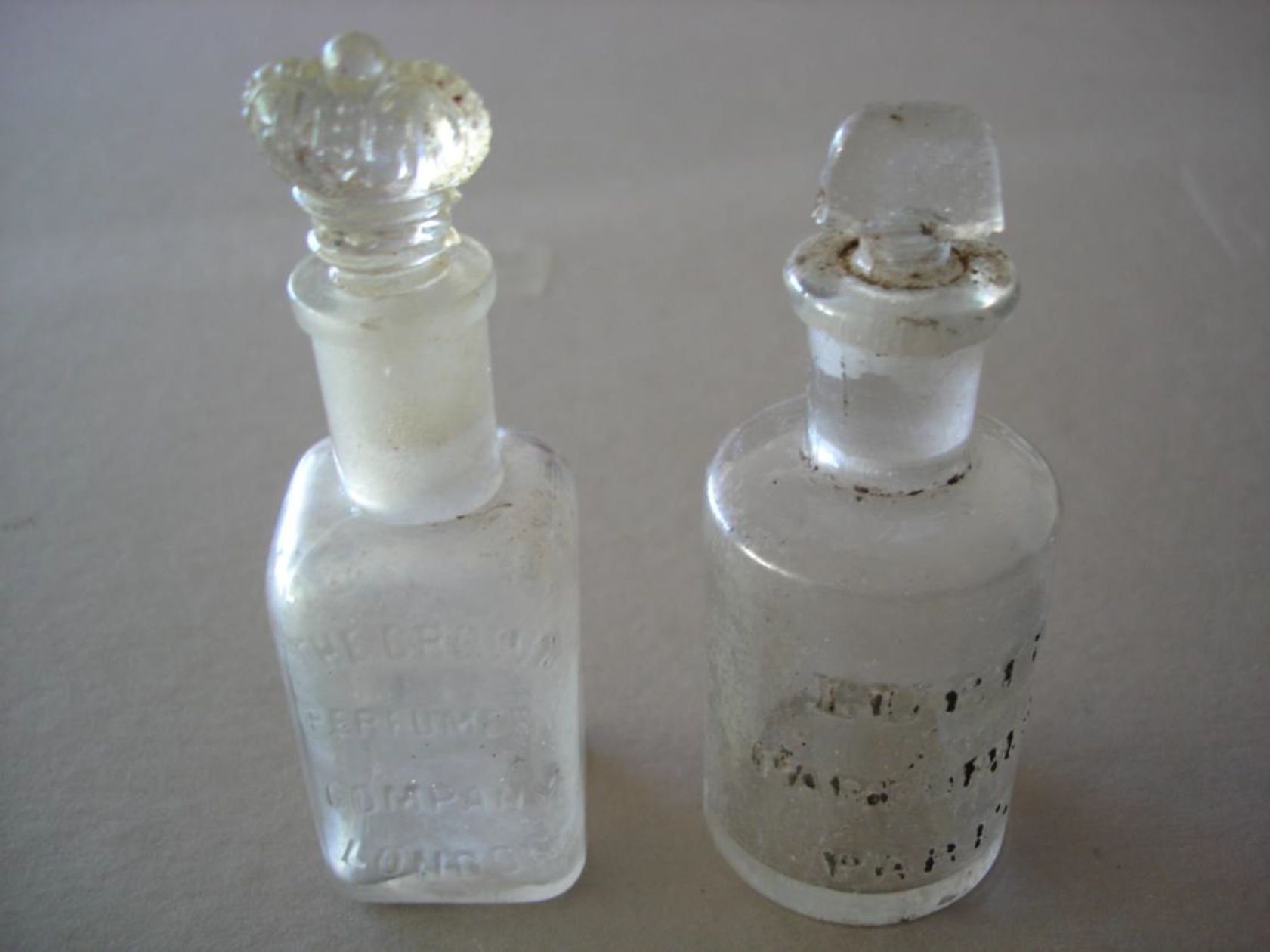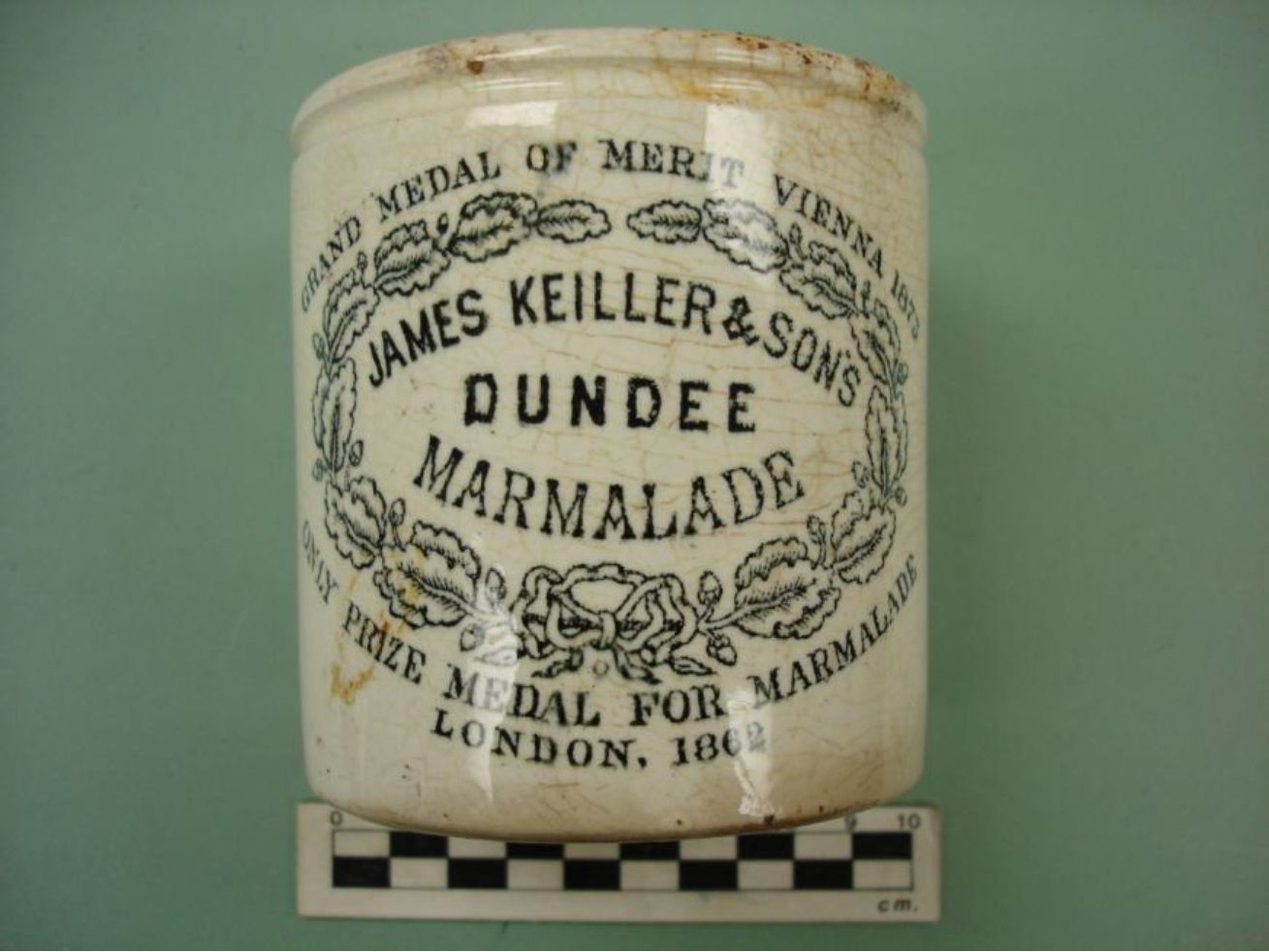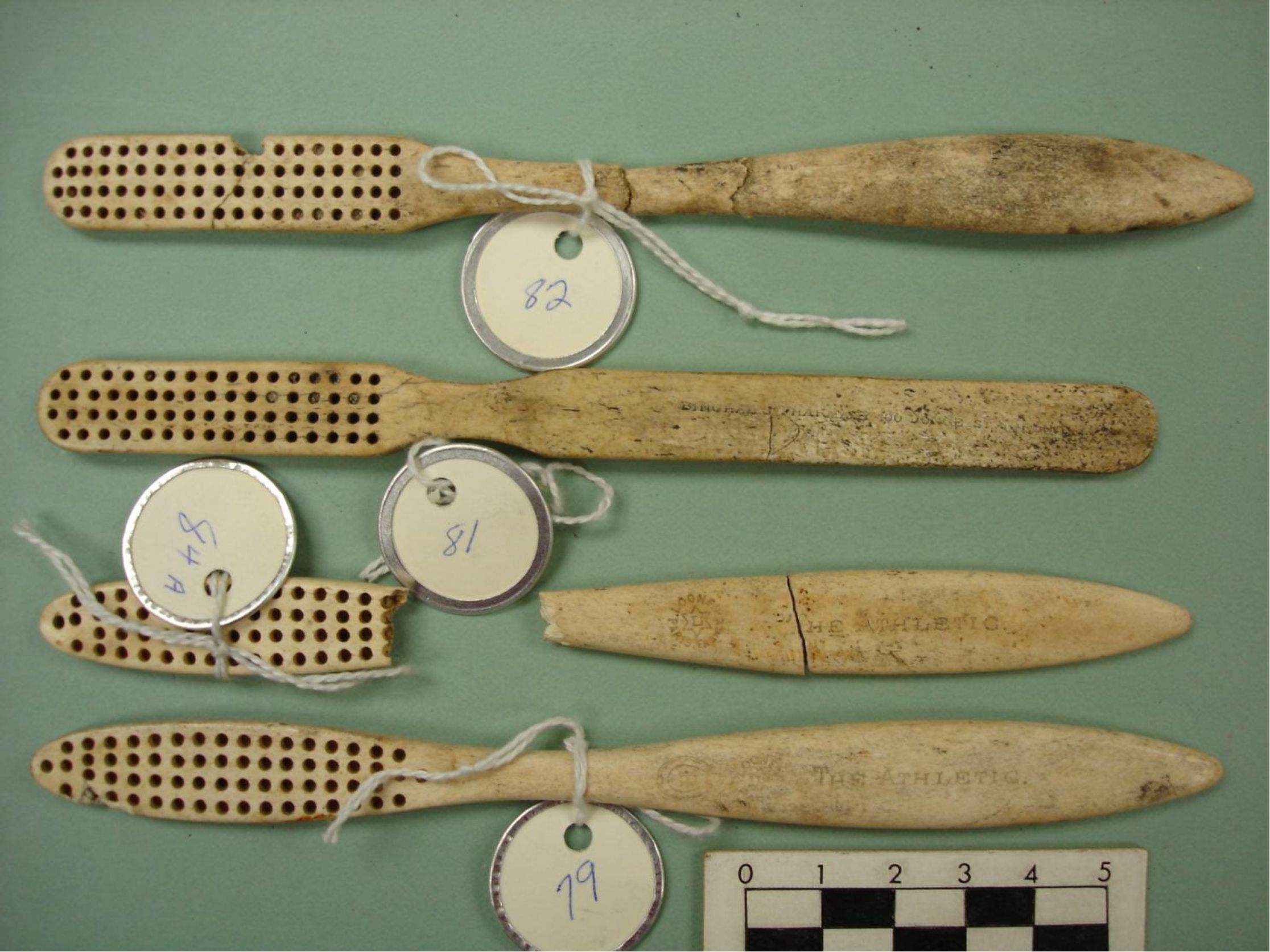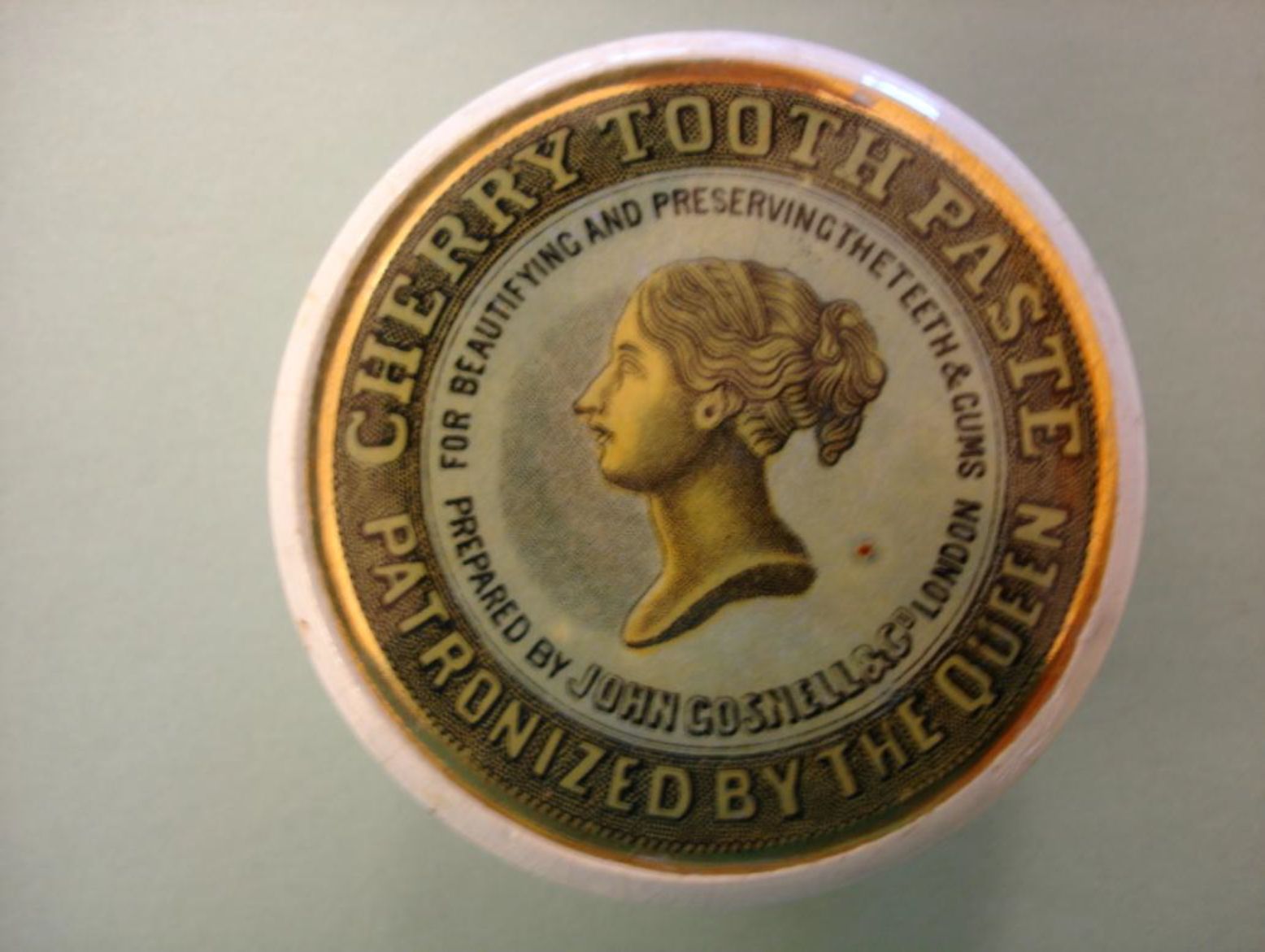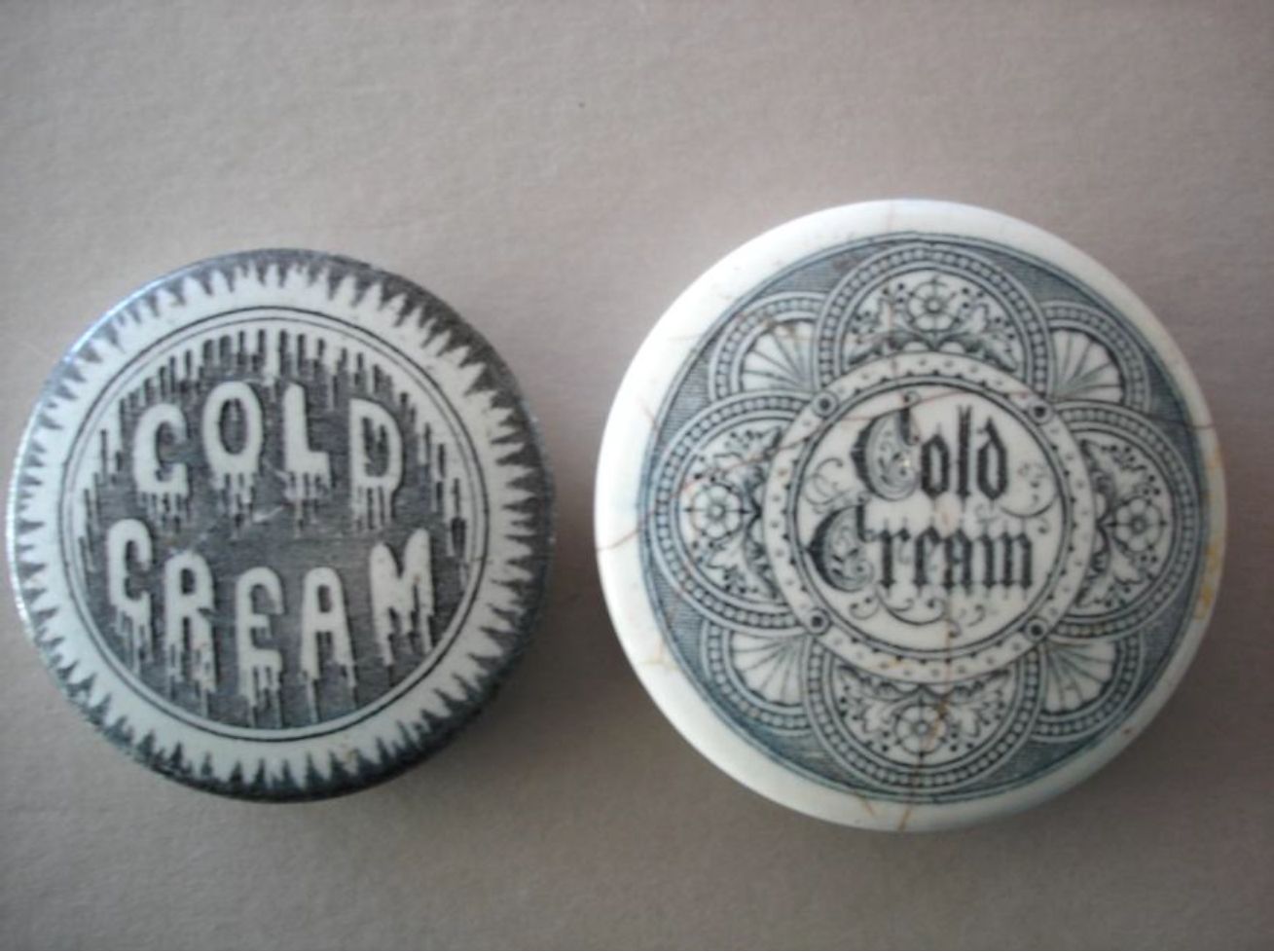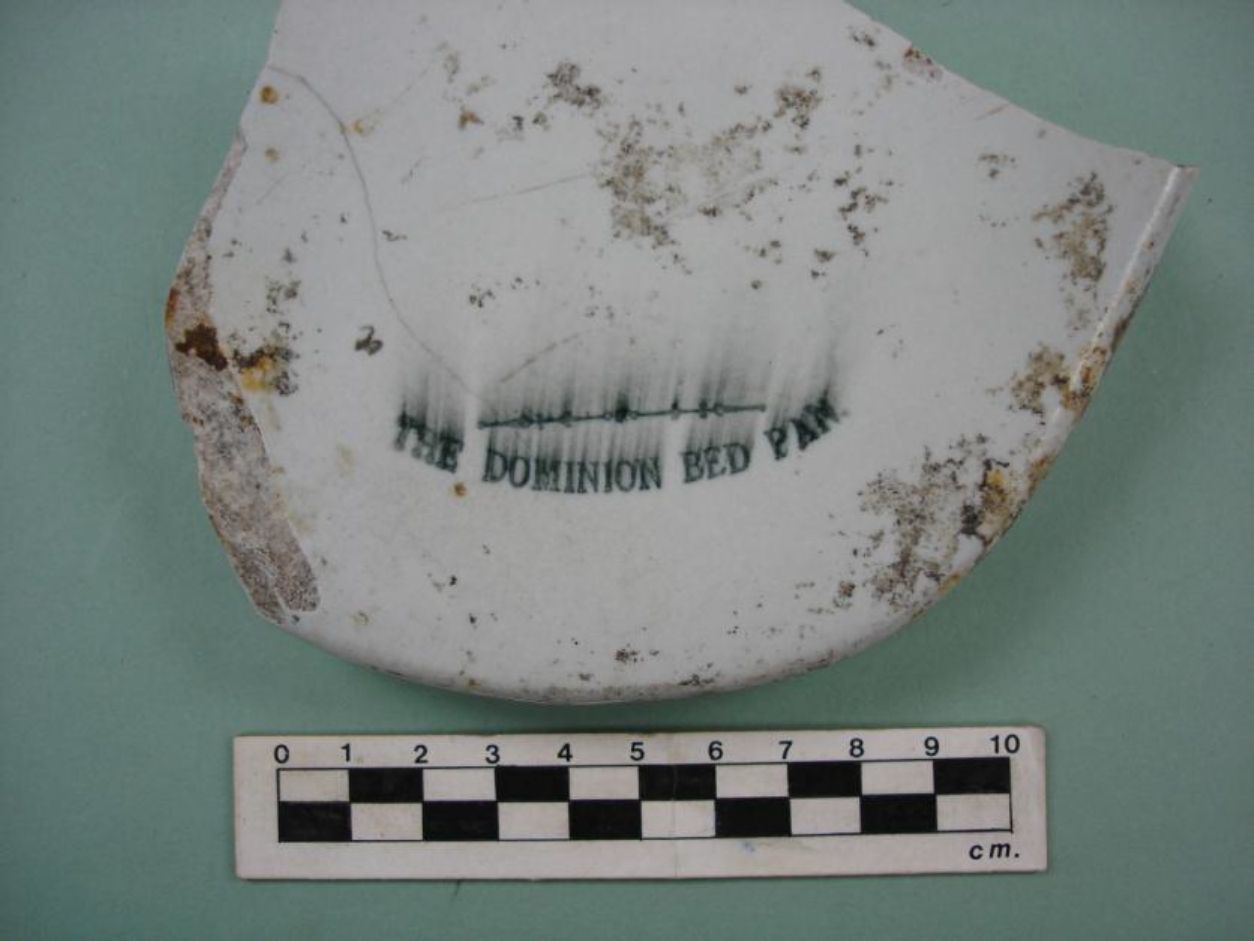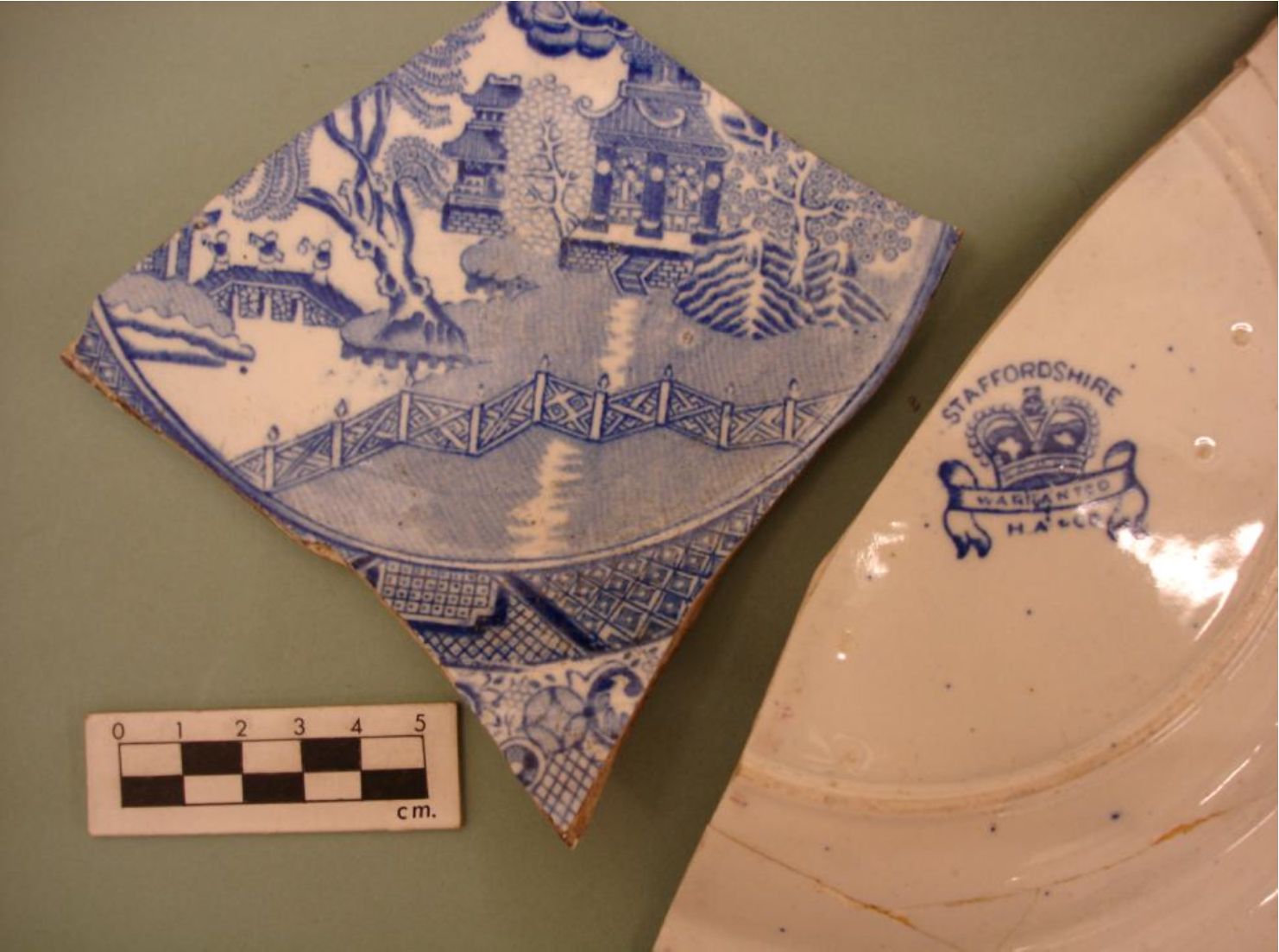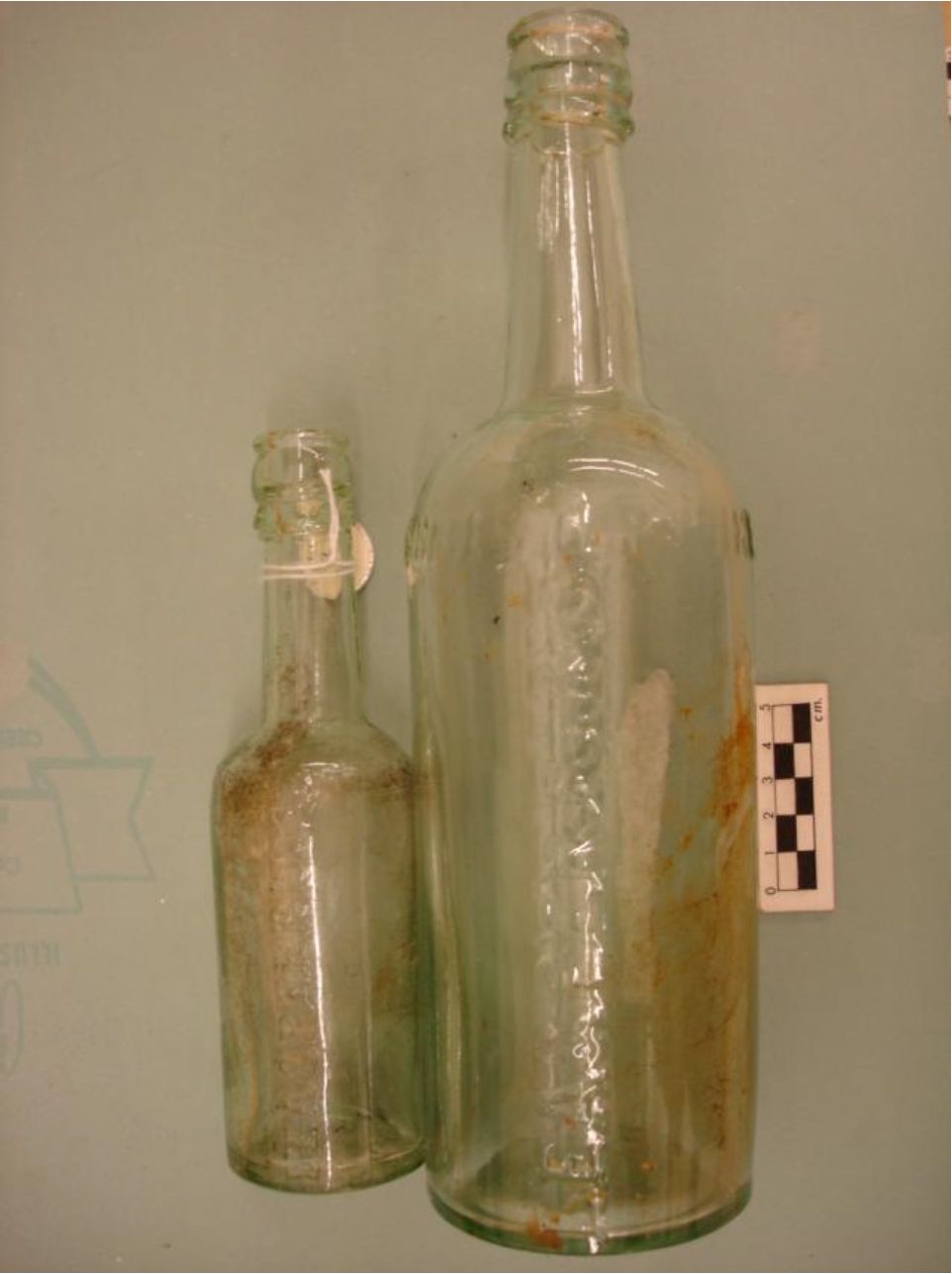March 9, 2007
By Grant Keddie
TAKING IN THE GARBAGE ONE HUNDRED YEARS LATER
EXCAVATING THE PROVINCIAL ROYAL JUBILEE HOSPITAL DUMP
The Victoria Branch of the Archaeological Society of British Columbia was engaged from April to July 1991 in weekend excavations of hospital dump material associated with the early years of the Provincial Royal Jubilee Hospital. On sporadic occasions over the next two years evenings were spent cleaning, sorting and gluing the artifacts. The hospital opened in 1890 and dropped the Provincial part of its name in 1938.
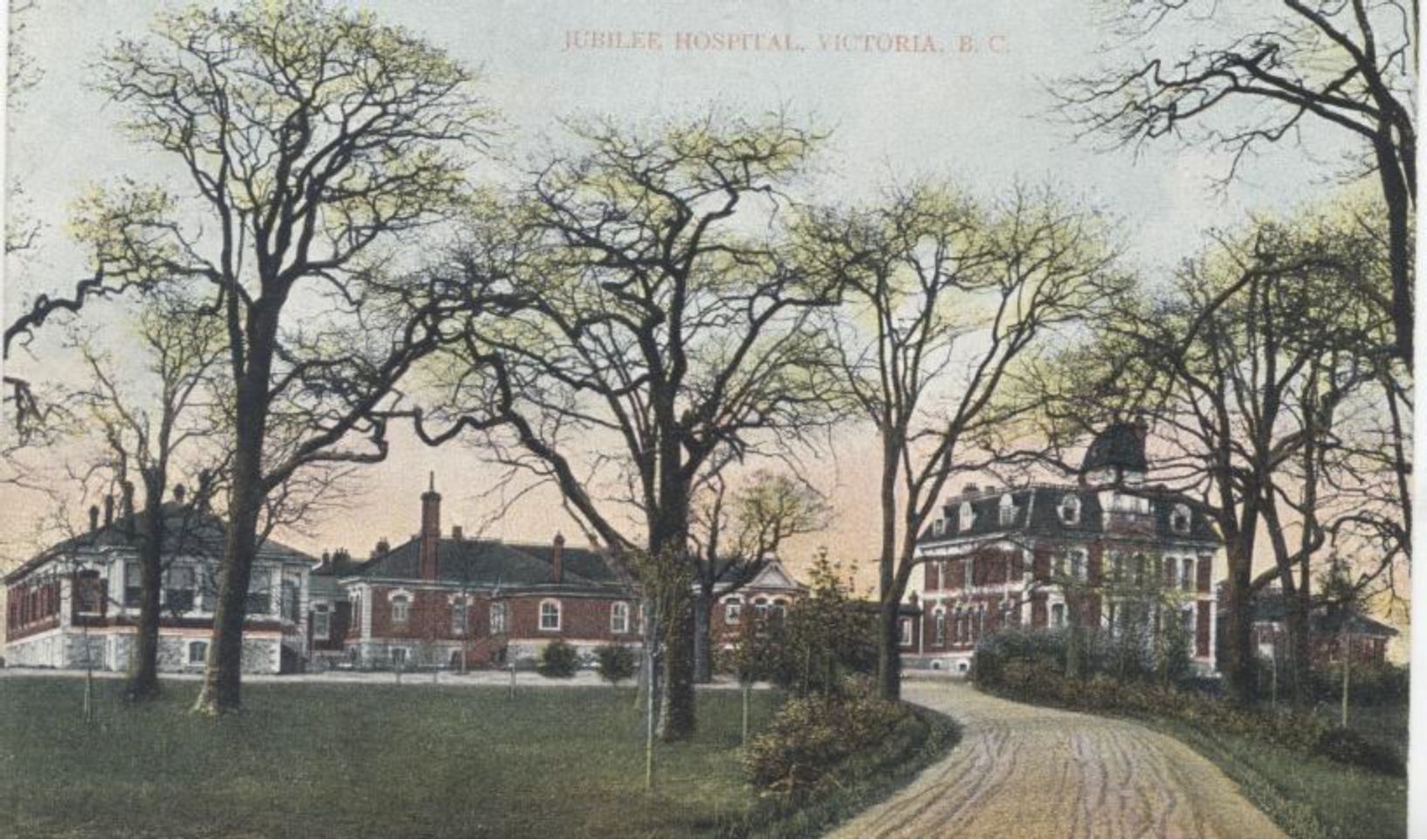
The Jubilee Hospital excavations project started when Dr. Stuart Kenning of the Victoria Medical Society and Norma Friedmann, the Facility Planner for the Greater Victoria Hospital Society came to the City of Victoria Heritage Advisory Committee to seek heritage designation for a small hexagonal building called the Pemberton Memorial Operating Room. This operating room was functioning from 1896 to 1925 and was the first surgical operating room on the west coast of North America north of San Francisco.
The Royal Jubilee Hospital was being redeveloped with the intent of preserving the old operating room as a medical museum within the new structure. As a member of the Heritage Advisory Committee I learned from Norma Friedmann that old bottles had been recovered in the area to be redeveloped and was invited to observe the area. Due to the recent historic nature of the deposits (which are not protected by law) I thought this would be a good opportunity that would allow for inexperienced excavators to recover material that could be used for display in the future museum and maybe uncover information that is not available in the written record.
Male Surgical Ward
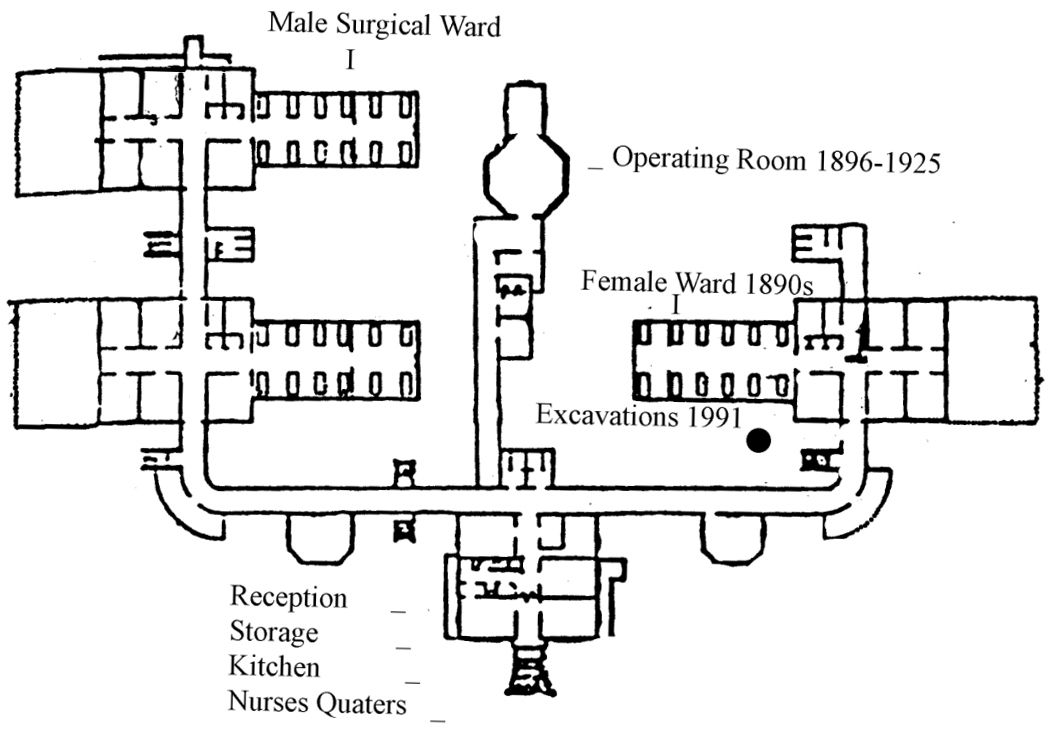
Many volunteers worked weekends troweling through the often hard compact ash layers of dumped material. Although the hospital had undergone many previous alterations a small area between the old women’s ward wing and the main hospital corridor had missed total destruction. It was here that the hospital garbage was dumped and at least partially burned in what appears to be the first few years of hospital operation. Some later material was subsequently mixed into the surface layers.
Some side testing was undertaken to locate a time capsule composed of a copper box containing silver coins, hospital reports, letters, newspapers and the Queen’s Birthday Celebration Program, that was placed under the operating room foundations by the architect John Teague on May 15, 1896. Unfortunately we did not locate this important capsule.
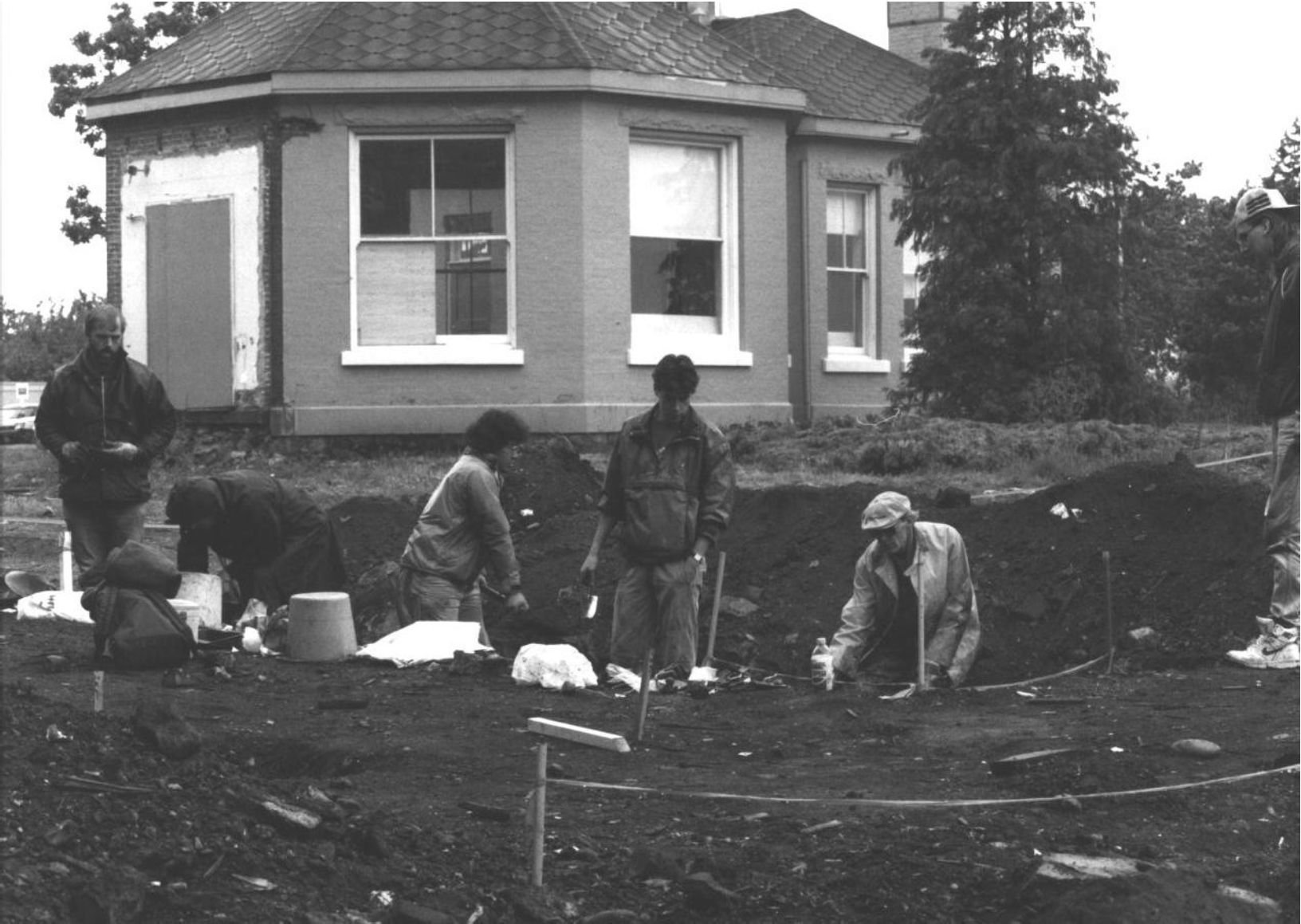
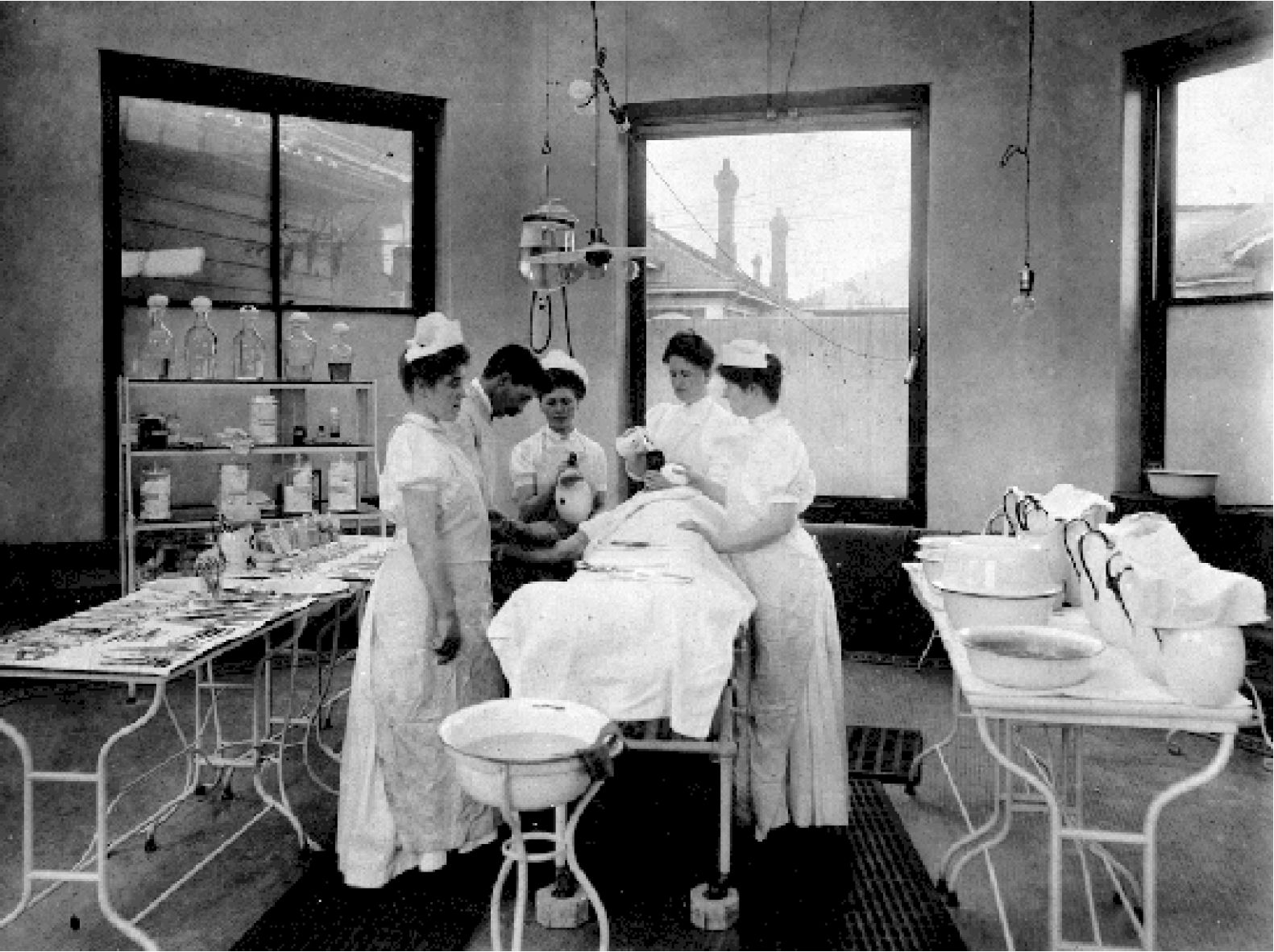
The Artifacts
In the old dump we found artifacts in everyday use at the hospital. There were the expected medicine bottles, chemical jars, thermometers, bed pans, large washing bowls and glass and metal components of coal oil lamps.
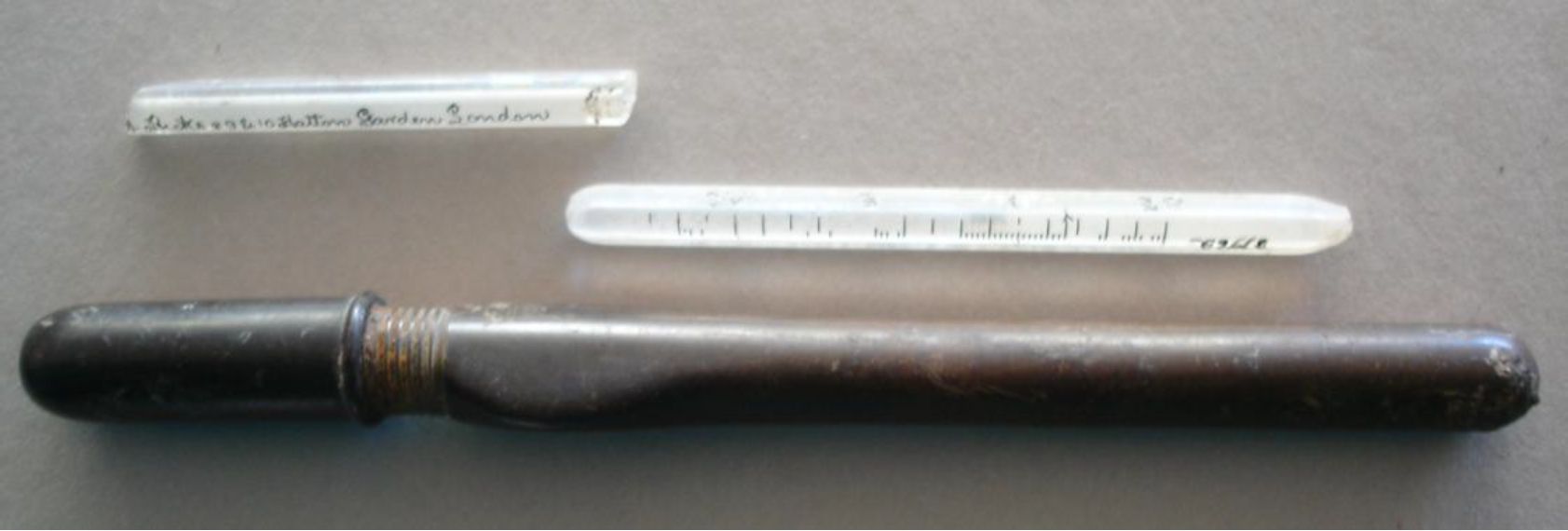
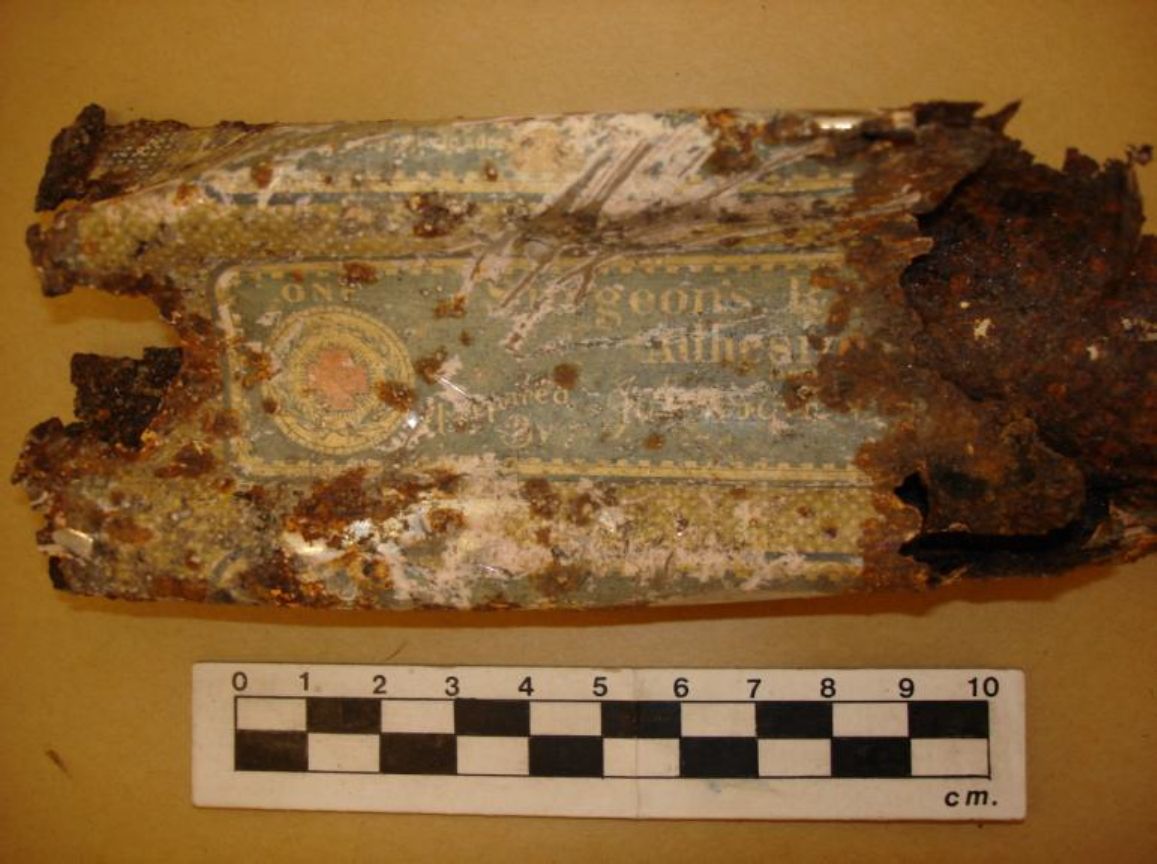
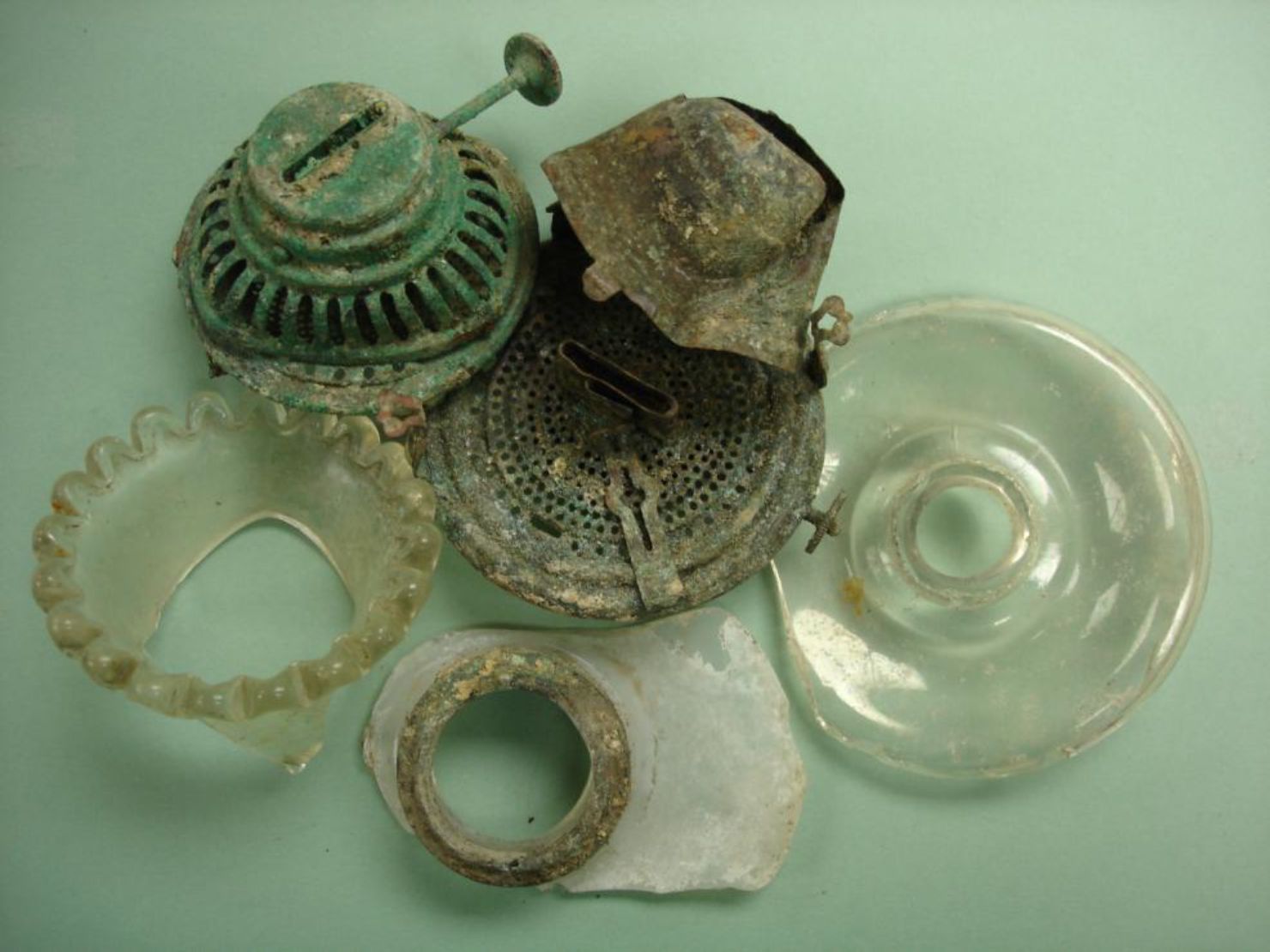
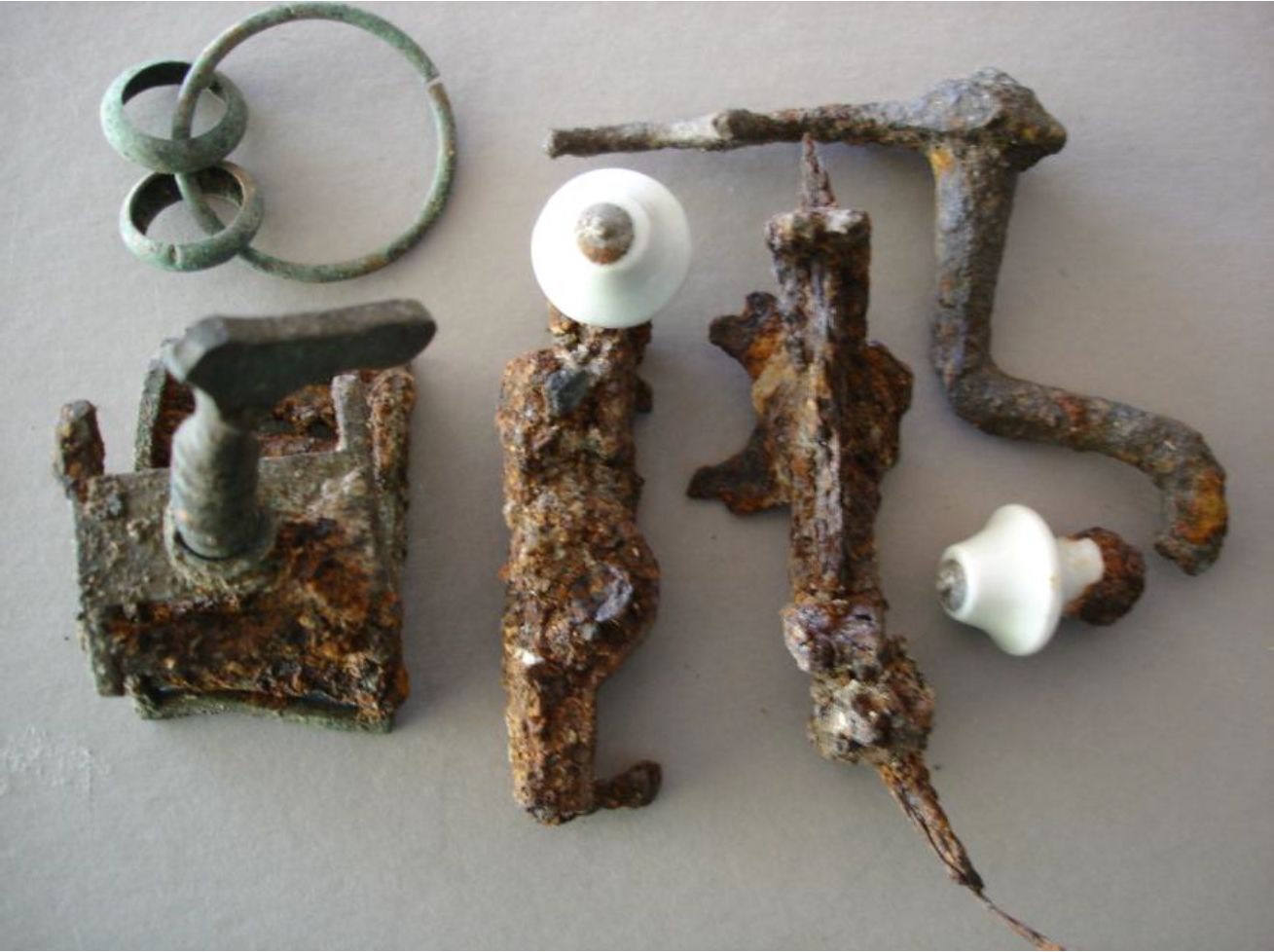
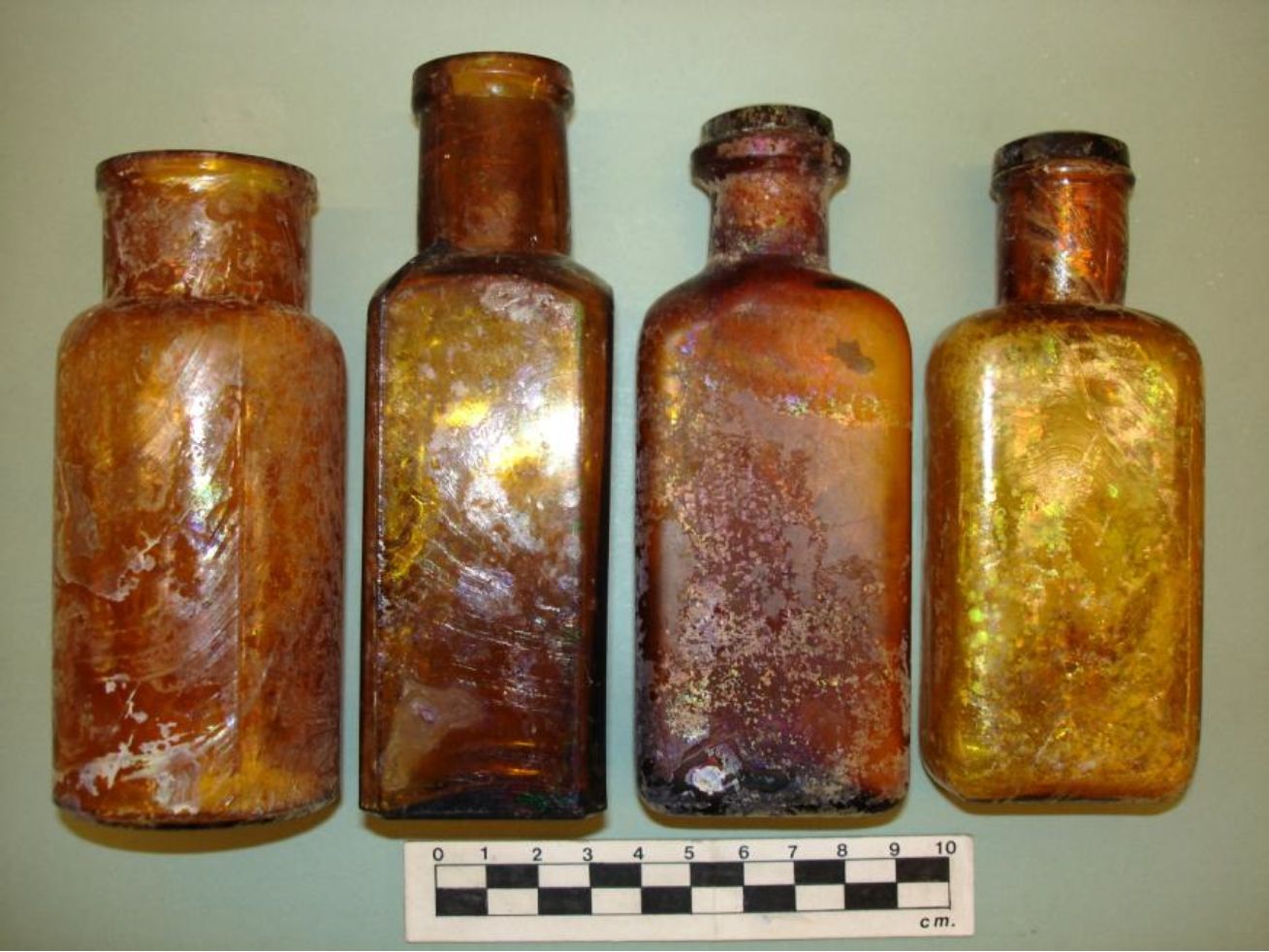
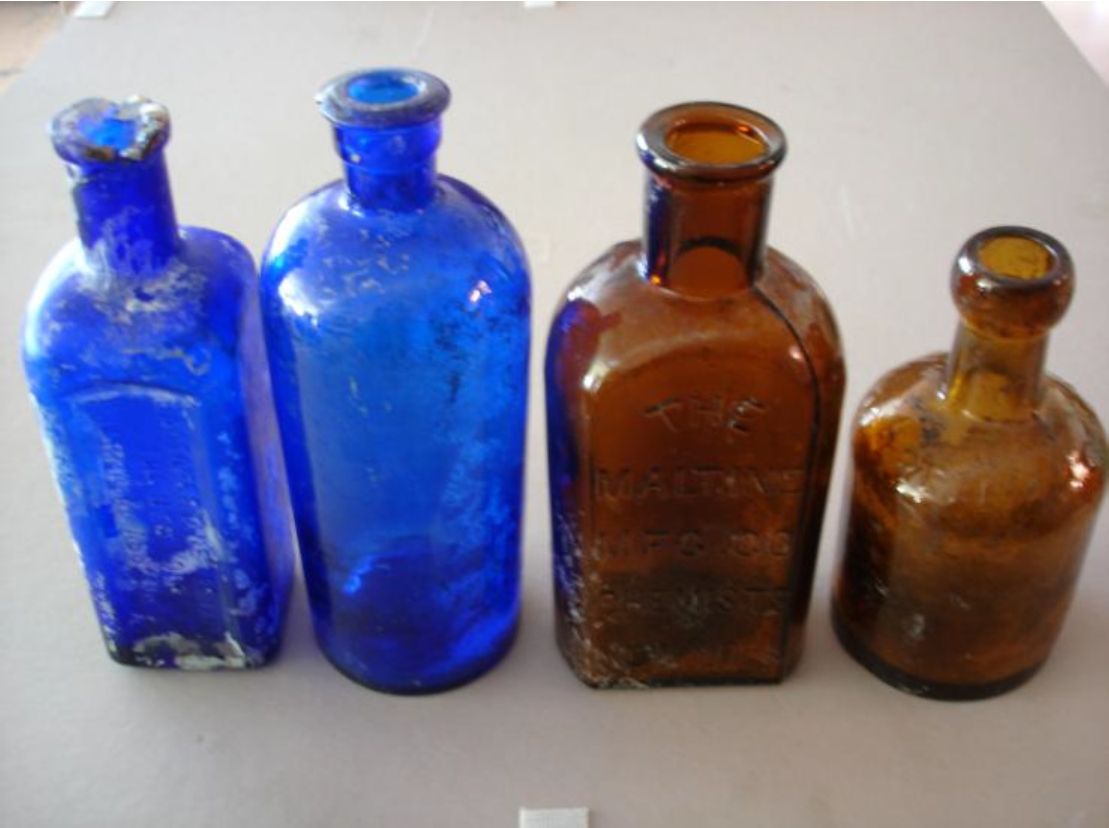
There were many delicate objects thrown out with ash deposits which helped cushion their fall and preserve them in good condition. We found many thin walled pill vials, fine Chinese flower vases, porcelain doll parts, some very fancy tea sets and beautifully patterned dinnerware.

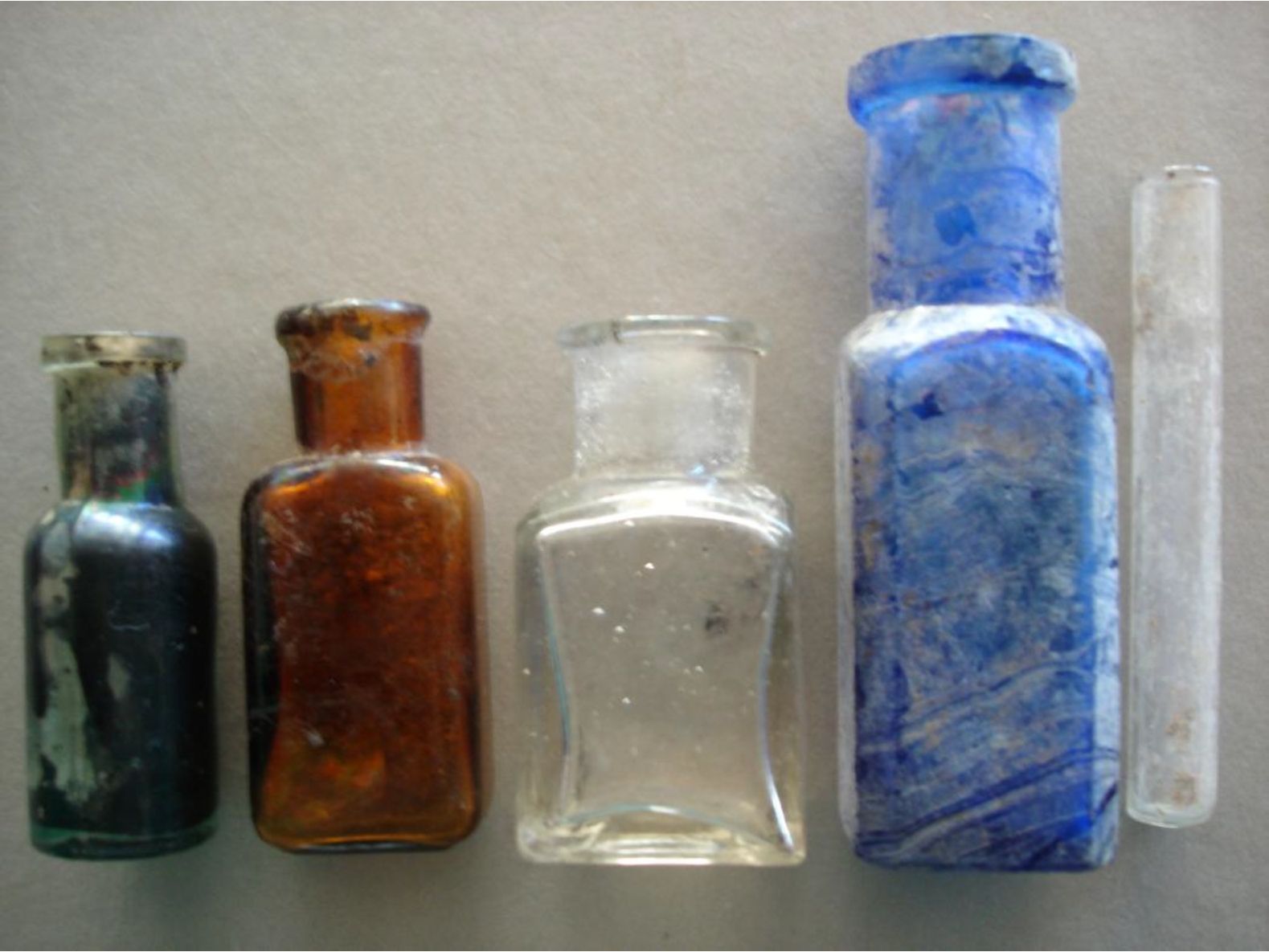
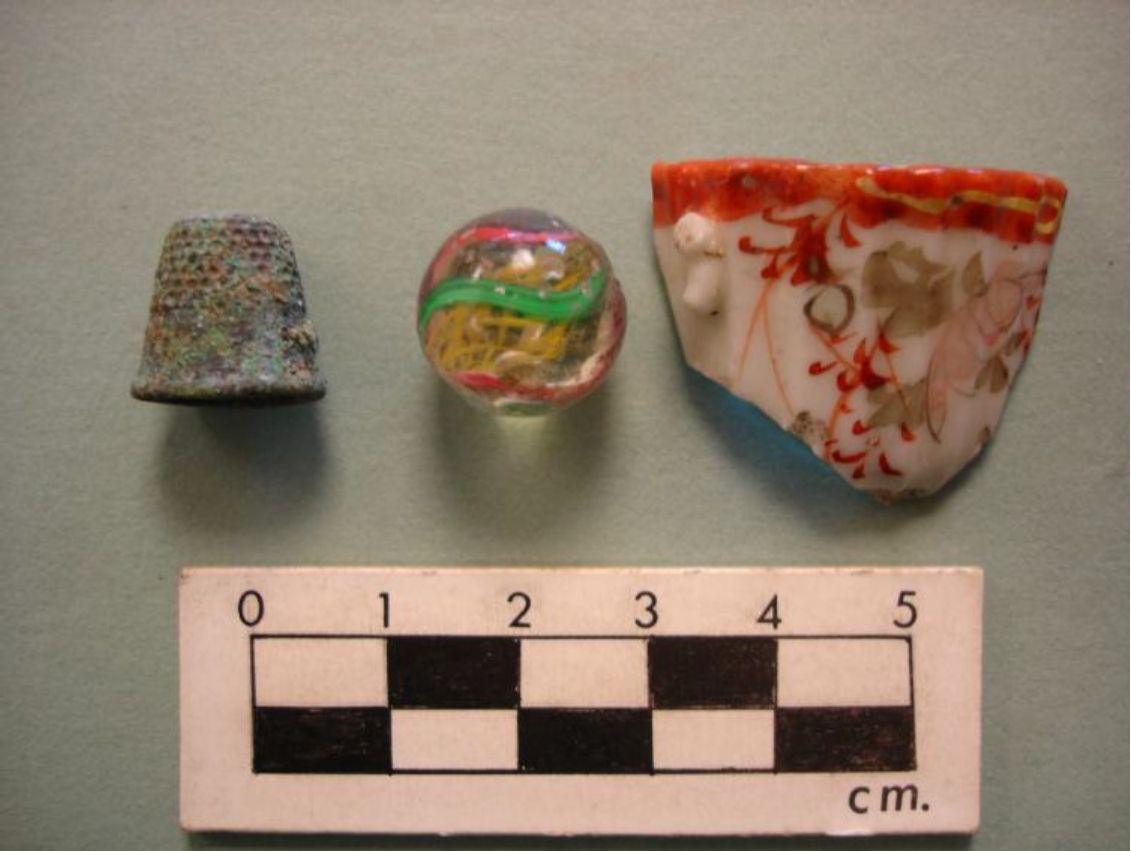
Plain stoneware mugs and dinner sets dominated the assemblages. It may have been the wealthier private room patients who were favored with the better quality wares. In the days when flower selection was limited, it was seen as a keen sentiment to put flowers in fancier vases.
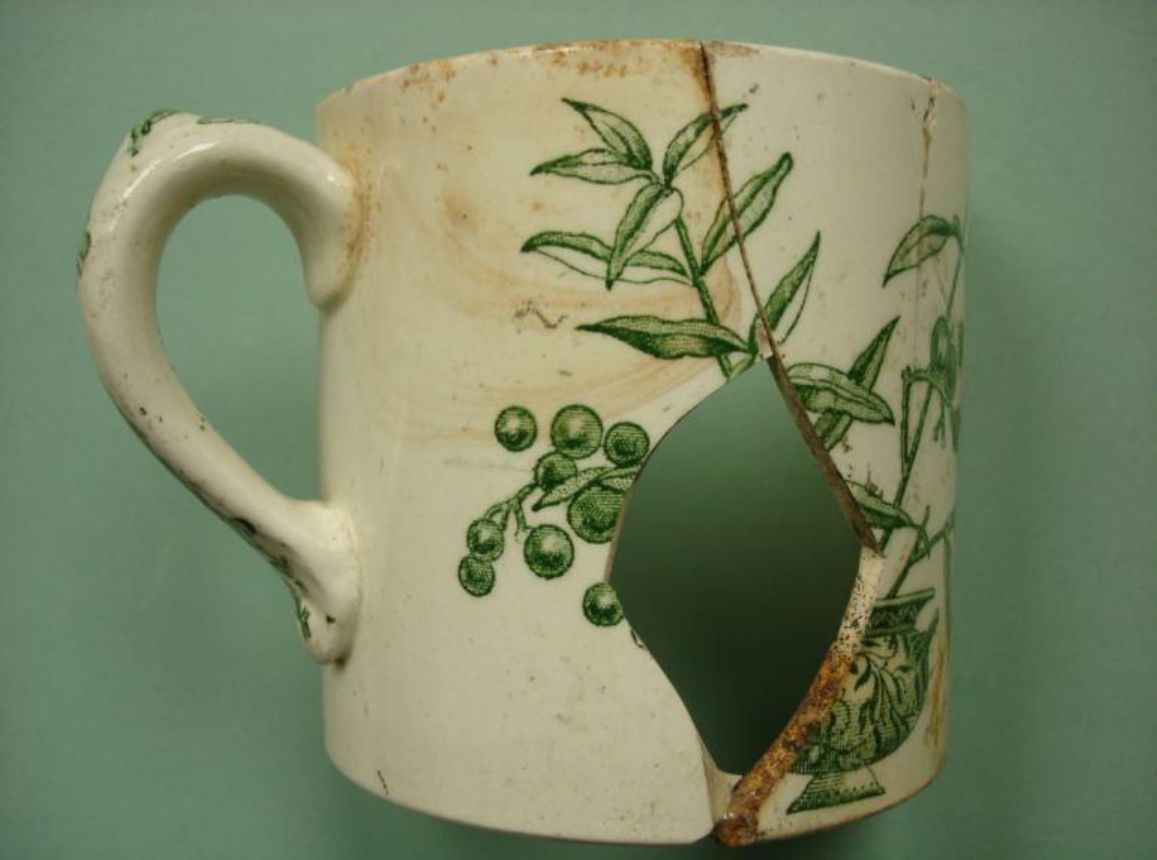

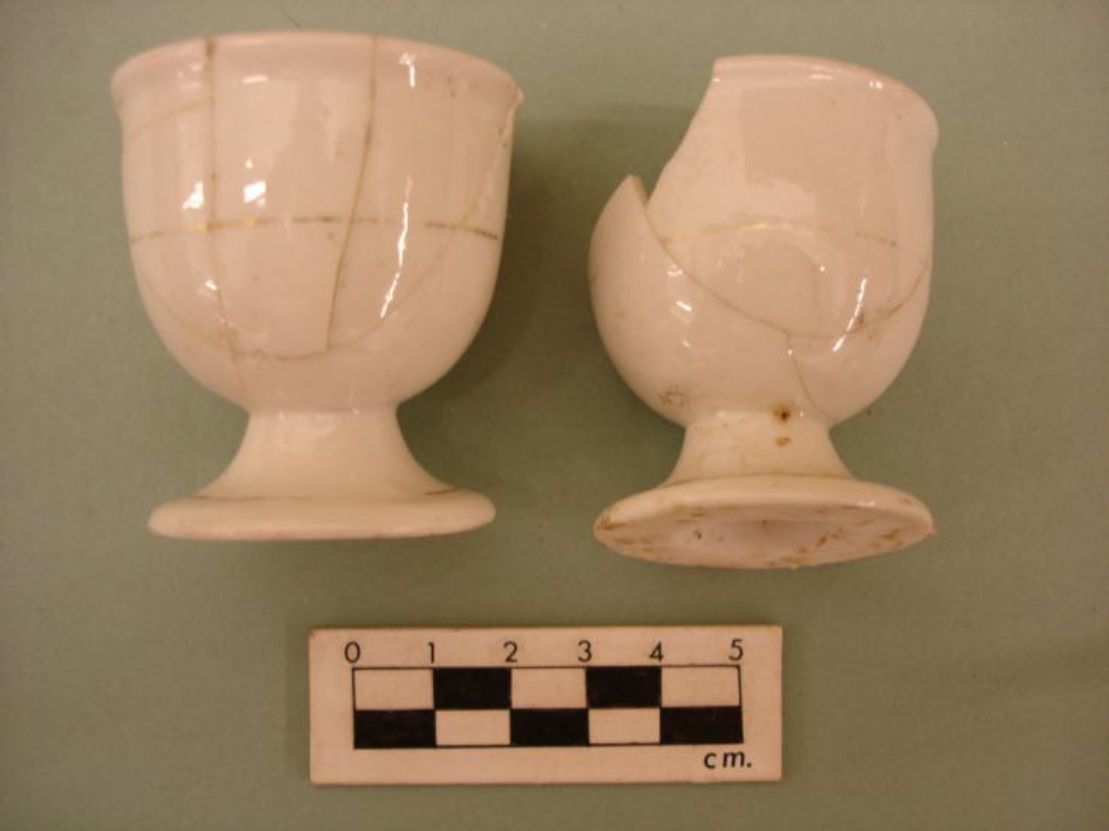

We uncovered an 1888 nickel, children’s marbles and toy parts, cut glass candy dishes, different types of bone brushes, metal containers for special bandages and cat gut, knives, forks, large stirring spoons, clock parts, many types of metal, porcelain and mother-of-pearl buttons, and men’s’ bone and porcelain cuff buttons and even a porcelain sink.
One of the more interesting objects was a small brilliant blue, eight-sided bottle of a type that our bottle specialist Archaeological Society member, Tom Bown, recognized as the type known to contain poisons such as arsenic.

Society member Shirley Cuthbertson dug into the historic records and found A MANUAL OF NURSING: MEDICAL AND SURGICAL by Dr. LAURENCE HUMPHRY, published in 1892 – around the same time as the deposits we were excavating. The manual explained that:
THE NURSE SHOULD HAVE THE FOLLOWING REQUISITES ALWAYS IN READINESS:
1) EXTRA BLANKETS AND MACINTOSH-SHEETS 2) TOWELS
3) HOT AND COLD WATER
4) BANDAGES AND STRAPPING PLASTER
5) LINT AND COTTON-WOOL
6) OILED SILK
7) BASINS, LARGE AND SMALL
8) BUCKETS and SPONGES
10) OIL AND VASELINE
11) SCISSORS AND DRESSING-FORCEPTS
12) PINS AND SAFETY-PINS
13) SYRINGE
14) BRANDY AND AMMONIA
We found many of these things in the dump – especially safety pins.
